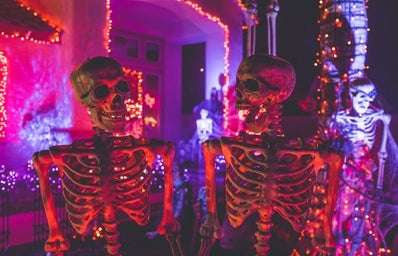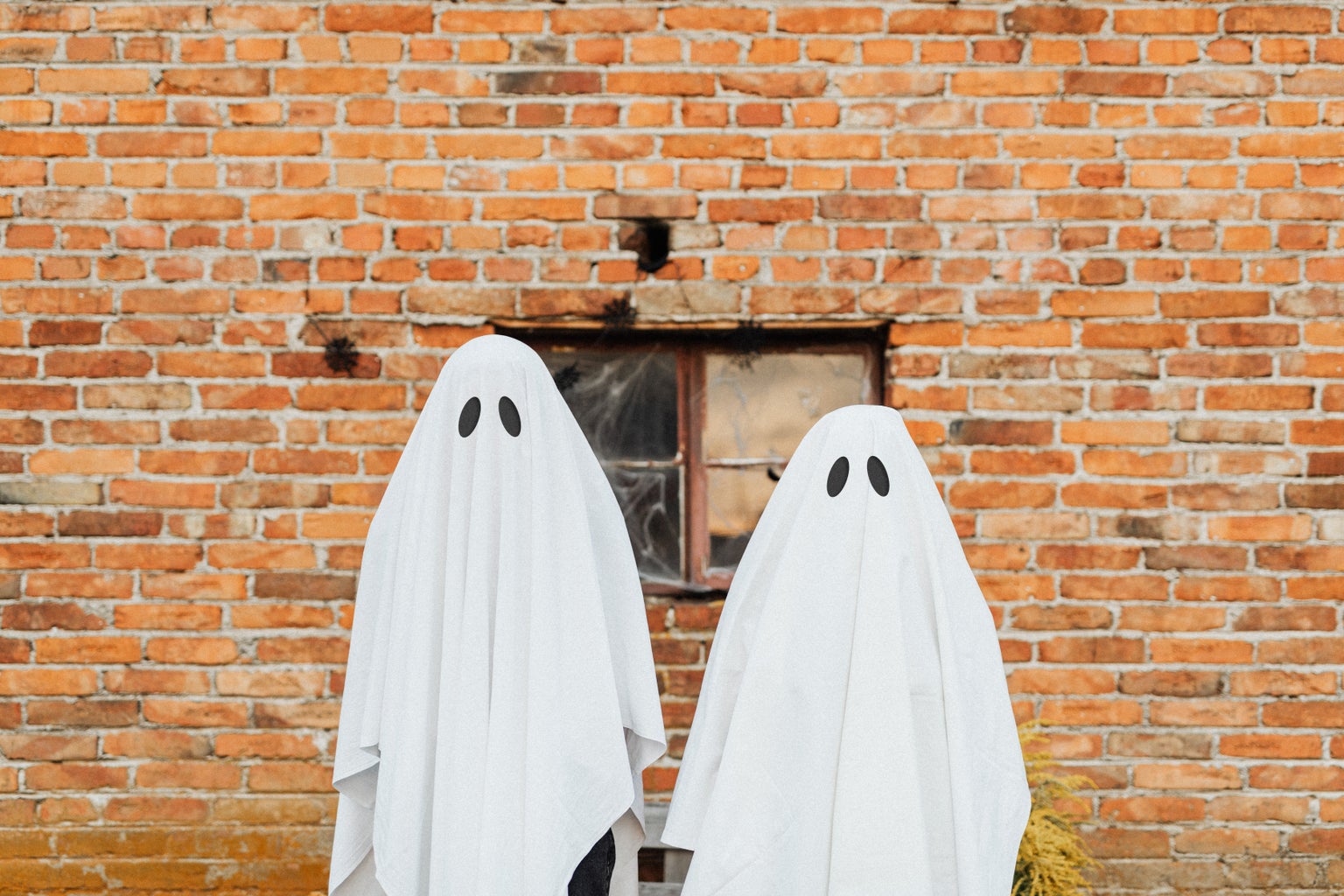Let’s first start with defining cultural appropriation and what that looks like. According to the Cambridge dictionary, cultural appropriation is defined as “the act of taking or using things from a culture that is not your own, especially without showing that you understand or respect this culture.” An example of cultural appropriation is painting your skin darker than the shade that you are naturally, imitating a person of color. This is cultural appropriation because this is a part of someone’s identity and culture which is not your own.
Sometimes people will dress as a part of other cultures, but the way they do it and act shows the difference between cultural appropriation and cultural appreciation. Cultural appreciation can be defined as, “you share your knowledge only with the permission and always credit people who belong to that culture. Cultural appreciation also involves fair compensation.” Cultural appreciation is when you take time to understand the culture and when wearing costumes regarding them if you aren’t changing your skin color or exhibiting stereotypes, the line between cultural appreciation and appropriation is blurred especially around Halloween. In the Native American example, you would be wearing cultural attire as a part of a costume, not to respect and educate about the culture.
Some Cultures Commonly Appropriated
- Native American
Native Americans are generalized into one costume constantly, whether it relates to the football team or any tribe. There are so many different tribes that have different types of styles of outfits that are regarding their culture. The reason this is relevant is that when buying a costume labeled as “Native American” it generalizes the whole culture and community, as well as putting them into a stereotype of what they should look like. Dressing up as Native Americans is considered cultural appropriation because it diminishes the whole community and how they may show their identity in that culture, representing themselves. When buying anything that may have Native origins, it is important to not buy jewelry or clothing from amazon or any other fast fashioned companies. Instead, buy from the people who create these things as a part of their culture. While wearing these things for costume purposes, wearing these types of things that correspond with trying to respect and understand the culture is completely fine, let’s just not do it during the Halloween season.
- Asian
There are so many different cultures inside the continent of Asia, this involves so many different shows, and people that are put on display that can inspire people to want to dress in the style they see.“Squid Game” is popular right now, and it wouldn’t be surprising if many people decided to dress up as the characters from the show. This falls into the same category as Mulan, while in Mulan the costume consisted of many cultural aspects. “Squid Game”, on the other hand, has no cultural aspects attached to the clothes they are wearing. The green tracksuits and the red outfits with the black masks are iconic, but adding physical features and/or accents imitating Korean culture/people would be considered appropriation. the iconic line “mugunghwa kkochi piotsseumnida” that is said during the “red light green light” game in the show is completely fine to say when playing the character, as long as you aren’t making fun of the language, the people, or the game that was a part of their culture. Geisha-related costumes are quite commonly used to look sexy, this is typically seen as a person dressing up as a “sexy Asian”, using their culture to seem sexier just isn’t really sexy. Regarding South Asians and Middle Easterns, a common costume that gets worn during this time are characters from “Aladdin”. Wearing costumes is understandable, the problem of appropriation comes along when the person dressing up as the character is also changing their physical appearance to imitate a culture that is not their own (black face, changing eye shapes, etc). This applies to all the Disney characters of color! (Tiana, Mulan, Pocahontas, etc).
- African Americans
TV shows and movies have an important role in representing different people; regarding race, gender, sexuality, etc. This includes the representation of many African American actors or characters being put on everyday tv. But when this occurs the inspiration for costume ideas can ignite. Shows like “Orange Is the New Black” and the movie “Princess and the Frog” have already had cases of people doing blackface. Crazy Eyes is a super fun character and Tiana is a great princess and wanting to be these women for Halloween is completely understandable, but let’s not change our physical appearance to do so! These characters are just a few examples of Black characters being portrayed disrespectfully because they are using racial features/biases to the benefit of their own.
- Hispanic
Hispanic cultures have a variety of styles that can be easily appropriated during this time, especially with Cinco De Mayo and other holidays that happen around this time relating to the spooky season. The culture is incredibly beautiful and movies that relate to this season and culture, like “Coco”, come out during this time, giving people the time to get costumes ready. The movie is a great representation of the culture and many aspects that seem colorful and perfect for the Halloween season. The outfits and makeup are related to the culture, not just to seem “scary” or “spooky”. Dressing up as a “Coco” character for Halloween can be seen as disrespectful because it takes away the cultural meaning and purpose behind the whole occasion. There are so many different aspects of the Hispanic culture, “Coco” and the celebration of Cinco de Mayo are just a few examples of ways people can appropriate parts of the culture, picking and choosing what they like and dislike.
Overall Things to Take into Consideration and Avoid:
- Dressing up as a person from another culture.
- Wearing blackface or adding any other physical features to your body imitating another race.
- Acting or behaving as a stereotype that pushes down the members of other cultures
- Wearing any clothes and/or jewelry that consists of spiritual or religious significance that is not your own.
What to do When You Accidentally Appropriate a Culture
Try to make sure to research the costume you might be interested in doing, it is important to know when to draw the line. Sometimes, we miss a few things that we just weren’t aware of before. If someone tells you that a part of your costume is a part of a culture that isn’t yours, don’t assume that they think the worst of you. Take the time to understand where they are coming from and how you can fix your mistake. If, say, you are holding an object that is a part of someone’s culture, but you didn’t know it was until someone brought it to your attention, assess the situation and maybe don’t use that object as a part of your costume. Understanding that there are things that not everyone knows about is very important because as people we can learn to grow from the mistakes we make.
Why Does it Matter?
Taking the time to understand the culture as a whole is very important. There are so many cases where people will take parts of a culture that they like, rejecting other parts, that cause the people of that culture to feel as though they aren’t “good enough” for the people that hold a lot of privilege over what is trendy. This belittles a culture and the practices that have many years of beauty and significance behind it. Appropriation takes specific parts of a culture, romanticizing or sexualizing these aspects, which continues to add to existing stereotypes and racist biases. It matters because everyone wants to be heard and be recognized for who they are, even if the voices may seem insignificant, every word is important.



